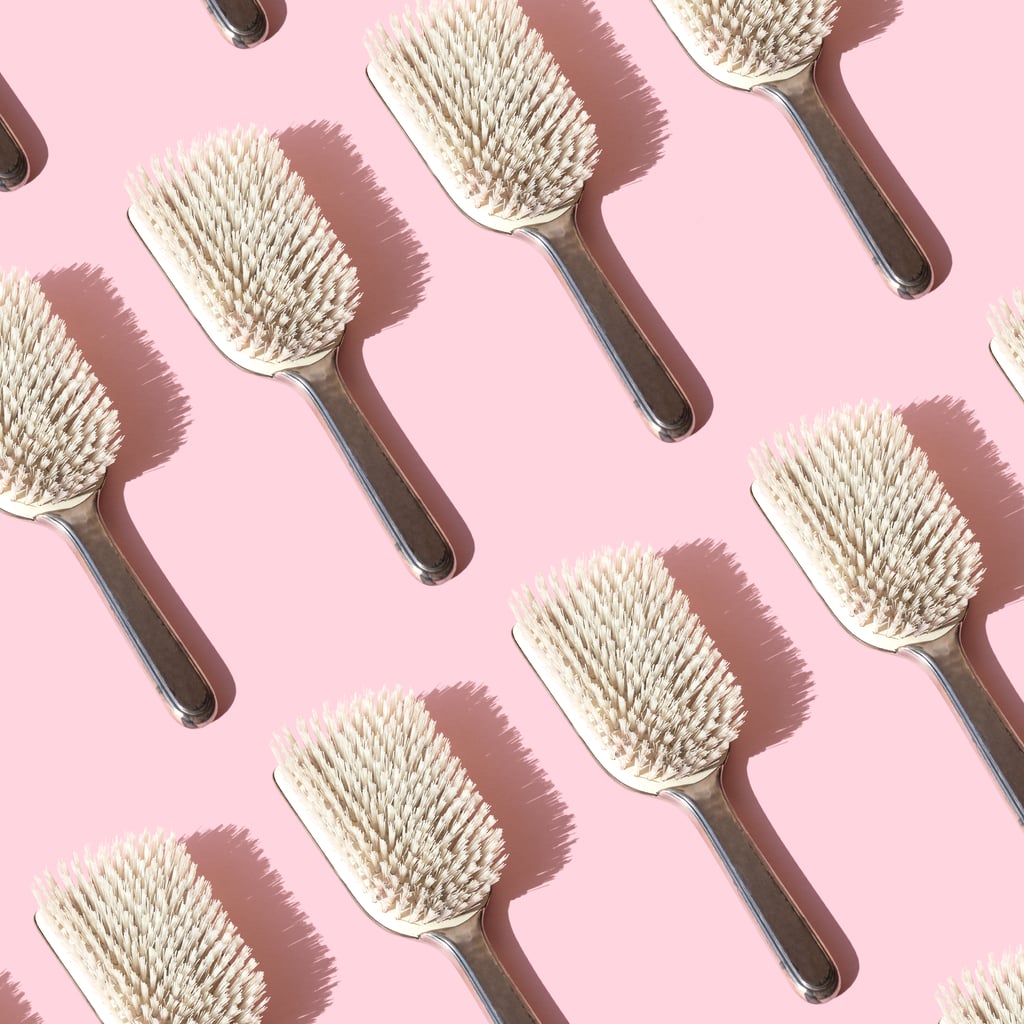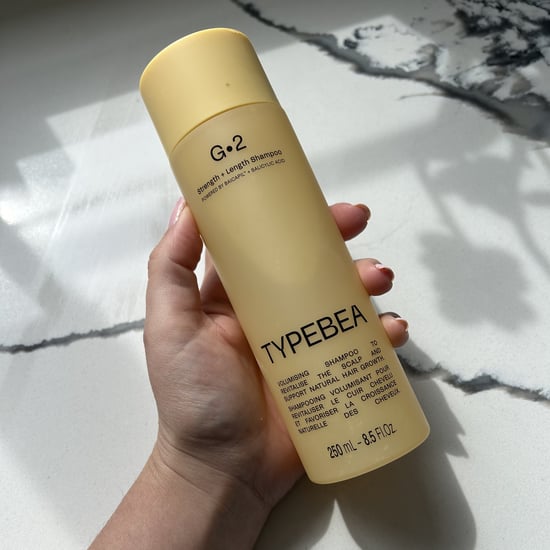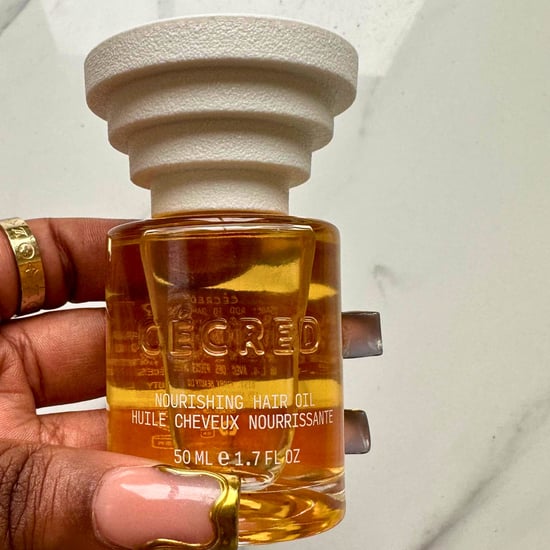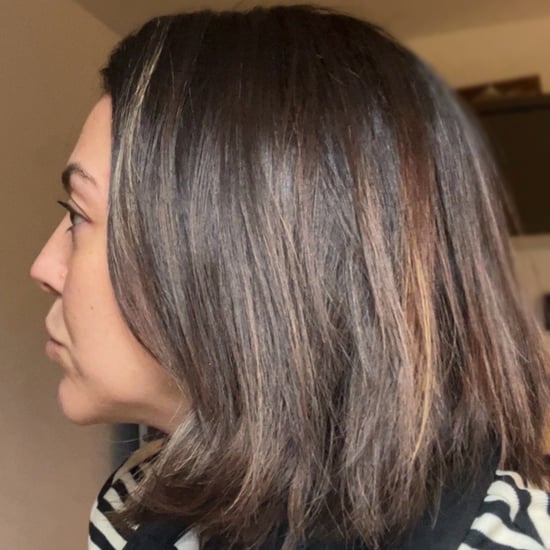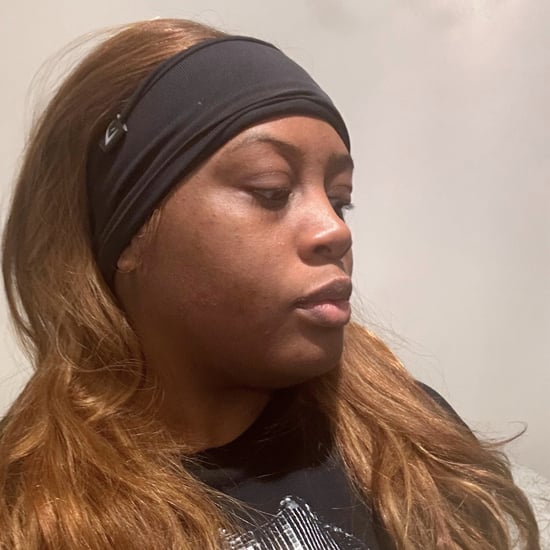How Often Should You Clean Your Hairbrush?
This is How Often You Should Be Cleaning Your Hairbrush
As POPSUGAR editors, we independently select and write about stuff we love and think you'll like too. If you buy a product we have recommended, we may receive affiliate commission, which in turn supports our work.
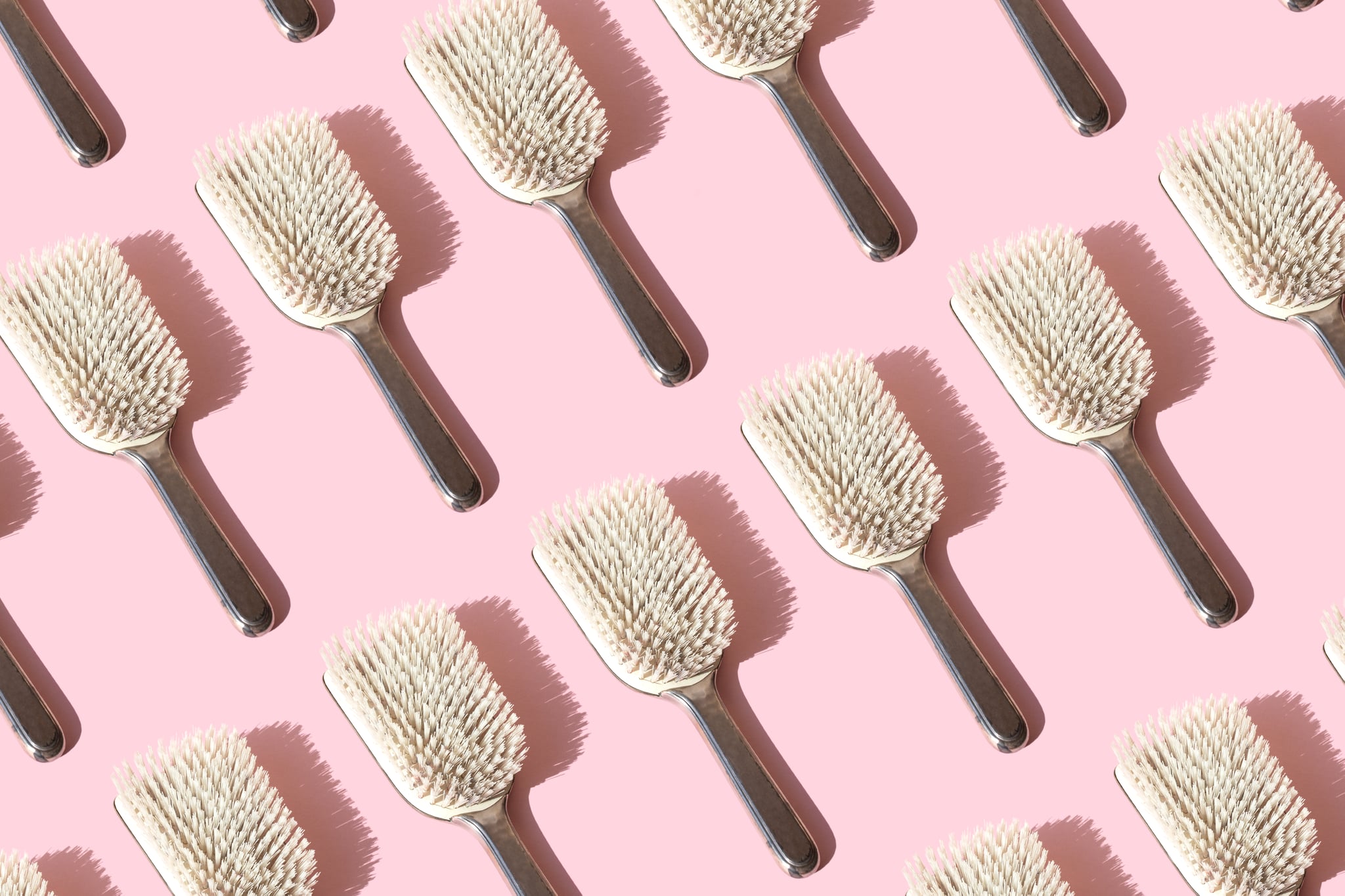
Most of us have a hair-washing routine we religiously stick to — there's probably a shampoo, a conditioner, and maybe even a hair mask. Post-shower, you may use an oil or a detangler, followed by brushing through your hair. While freshly cleansed hair is an unmatched feeling, it can quickly become dirty again from one unexpected step: using a hairbrush. Yep, a hairbrush.
It's known that brushing your hair is beneficial to its health — it can stimulate the scalp, distribute natural oils to the hair, detangle knots to prevent breakage, and more — but doing so doesn't guarantee cleanliness. Why? Because when your brush is filled with excess hair, it's also filled with an accumulation of dust, product buildup, oils, and dead skin.
Ask yourself when you last cleaned your hairbrush. If you frequently wash yours, you're ahead of the game. But if you don't, you're not alone. Still, think about how much you use your hairbrush, and try to recall the last time you cleaned it. Now imagine your dirty brush working its way through newly washed hair, distributing those remnants all over again.
Cleaning your hairbrush is a simple step you can take to ensure you're keeping your hair nice and clean. But how often should you be cleaning it? We spoke with a few experts to help us determine the answer.
How Often Should You Clean Your Hairbrush?
"There are various methods to keep your brushes clean," Rogerio Cavalcante, owner and stylist of The Second Floor Salon, tells POPSUGAR. "A quick and low-maintenance approach is to remove hair after each use, ensuring a consistently clean brush." This is particularly useful with hot air brushes, especially since not all of them come with removable heads that you can wash if needed. Cleaning the brush monthly can also be a suitable option.
"It's good to know that we shed up to 100 hairs a day; it could be more or less given the individual and the season," Priscilla Valles, celebrity extension expert, says. With that in mind, she says she cleans her brush every day. If that's too much, "I would recommend at least three times a week depending on how much you shed. Just remember, the more your hair gets stuck in the brush, the less power the bristles have."
There is no such thing as over-washing your hairbrush. "Cleaning your brush regularly won't cause any problems, as long as you avoid harsh, corrosive chemicals," says Cavalcante. Opt for mild solutions to keep your brush clean and safe for everyday use.
The Best Ways to Clean Your Hairbrush
You don't need anything fancy when it comes to cleaning your hairbrush. In fact, the process is extremely simple. If your brush is made from wood, you'll need liquid soap, shampoo, or body wash. If your brush is synthetic, any soap will work. Next on the list is a clean toothbrush (that won't be used on your teeth), a bowl with water or a stoppable sink, and a towel. You can also use something with a pointy end. Think: a fine tooth comb or even a pen.
Here are five steps to follow:
1. Remove the hair and debris from the brush. Valles likes the Kitsch Eco-Friendly Hair Brush Cleaner (£8, originally £10) to keep her hairbrush free of debris, but your hands will work just as well. Your pointy ended object will come in handy at this point if the hair is giving you trouble.
2. Give it a soak. Once your brush is free of hair, you'll want to soak the brush in warm water. Either a sink or a bowl of water will work. Add some soap to the water, and swish it around until the soap, body wash, or shampoo you use seems to mix completely with the water. Then, place your brush in the water and let it soak for about 8 to 10 minutes. If you have a wooden spoon, you may want to skip soaking and just place your brush in and out of the water a few times.
3. Clean the bristles. All of the debris and dust may be more apparent after washing it, which is the perfect time to grab your toothbrush, and scrub between the bristles to remove the buildup.
4. Rinse once more and dry it with a towel. You'll most likely have to wait a few moments before using the brush again, as it may take a bit to dry.
What Are the Benefits of Cleaning Your Hairbrush?
When you don't clean your hairbrush, whether it's just removing excess hair by hand or using a brush cleaner, Valles says, "it will eventually get full of hair and the bristles will become shorter and less effective because of all the buildup."
Again, brushing your hair is a key factor in keeping your hair healthy. It assists with distributing natural oils, which are ultimately beneficial for a healthy scalp and even hair growth. Though, the specific benefits of a hairbrush are to keep your hair detangled. When it's filled with hair, dust, and dead skin — it can't work properly. Clearing your brush will help your hair reap the benefits of the simple act of brushing it.
